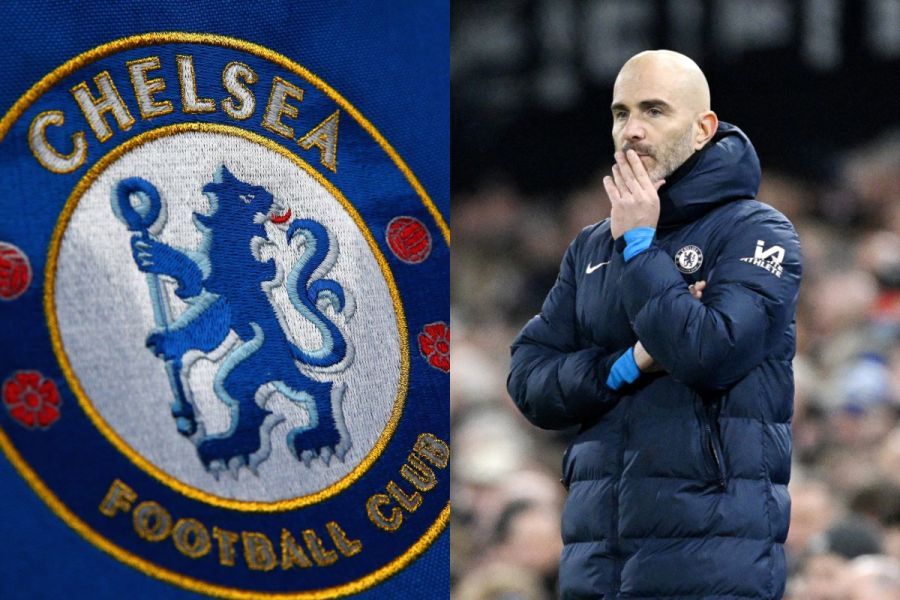FTC's Shifting Defense In Meta's Antitrust Case

Table of Contents
The Initial FTC Complaint and its Weaknesses
The FTC's initial complaint accused Meta of leveraging its dominant market position to illegally maintain its monopoly through a series of acquisitions, including Instagram and WhatsApp. The FTC argued these acquisitions eliminated potential competitors and prevented the emergence of rival social networking platforms. Their initial legal arguments centered on Section 2 of the Sherman Antitrust Act, which prohibits monopolization.
However, the initial complaint faced significant criticism. Several key weaknesses became apparent:
- Lack of sufficient evidence of consumer harm: The FTC struggled to definitively demonstrate that Meta's actions directly resulted in tangible harm to consumers. While market dominance was evident, proving actual negative impacts on prices, innovation, or consumer choice proved challenging.
- Overreliance on specific acquisitions: The FTC's case heavily relied on demonstrating the anti-competitive nature of specific acquisitions. Critics argued this approach was too narrow and failed to adequately address the broader issue of Meta's overall anti-competitive conduct.
- Difficulties in defining the relevant market: Precisely defining the relevant market – the specific area of competition affected – proved difficult. Is it just social networking, or does it encompass broader categories of online communication and social interaction? This ambiguity complicated the FTC's case.
Early reactions from legal experts and the tech industry were mixed, with some praising the FTC's attempt to tackle the power of large tech companies, while others questioned the strength of the initial evidence and legal arguments.
The FTC's Revised Approach and New Arguments
Recognizing the weaknesses in their initial complaint, the FTC appears to have shifted its strategy. This revised approach involves less emphasis on specific acquisitions and a greater focus on Meta's ongoing conduct. Instead of solely targeting past actions, the FTC now appears to be concentrating on current practices aimed at maintaining its dominance.
This shift is reflected in the new arguments and evidence presented by the FTC:
- New data on user behavior and market share: The FTC likely collected updated data on user behavior and market share to strengthen its argument regarding Meta's continued dominance and the potential harm caused by its actions.
- Focus on specific anti-competitive practices: The revised complaint likely highlights specific anti-competitive practices beyond acquisitions, such as data collection practices, algorithmic manipulation, or preferential treatment of its own products within its ecosystem.
- Expert testimony supporting their revised claims: The FTC likely engaged expert economists and other specialists to provide testimony bolstering their claims of anti-competitive conduct and consumer harm.
Implications for Meta and the Future of Antitrust Enforcement
The FTC's shifting defense significantly impacts Meta's prospects. A successful case could result in substantial consequences:
- Potential fines or divestitures for Meta: The court could impose significant financial penalties or even mandate the divestiture of certain assets, like Instagram or WhatsApp.
- Changes in regulatory practices concerning tech monopolies: The outcome could influence future regulatory approaches to addressing the power of large tech companies, leading to more stringent oversight and enforcement.
- Increased scrutiny of other large tech companies: A successful FTC case against Meta could embolden regulators to pursue similar antitrust actions against other major technology firms facing scrutiny for anti-competitive practices.
The Role of Section 2 of the Sherman Act
Section 2 of the Sherman Act prohibits monopolization or attempts to monopolize. The FTC's arguments, both initially and in their revised approach, must demonstrate that Meta possesses monopoly power in a relevant market and engaged in anti-competitive conduct to maintain or acquire that power. The shifting defense shows an attempt to strengthen the evidence supporting both aspects of this two-pronged test.
Conclusion: Analyzing the FTC's Evolving Strategy in the Meta Antitrust Case
The FTC's strategy in the Meta antitrust case has undergone a significant evolution, shifting from a focus on specific acquisitions to a broader attack on Meta's ongoing business practices. This change reflects the challenges of proving anti-competitive behavior in the dynamic tech landscape. The outcome of this case remains uncertain, and the ongoing legal battle will undoubtedly shape the future of antitrust enforcement in the tech sector. Staying informed about the developments in the FTC's shifting defense in Meta's antitrust case is crucial for understanding the evolving landscape of antitrust law and its impact on the tech industry. Further research into Section 2 of the Sherman Act and other landmark tech antitrust cases will provide a more comprehensive understanding of this complex issue.

Featured Posts
-
 Bespomoschniy Shumakher Drug Rasskazal O Plachevnoy Situatsii
May 20, 2025
Bespomoschniy Shumakher Drug Rasskazal O Plachevnoy Situatsii
May 20, 2025 -
 Matheus Cunha The Latest On His Potential Move To Man United Or Arsenal
May 20, 2025
Matheus Cunha The Latest On His Potential Move To Man United Or Arsenal
May 20, 2025 -
 Hmrc System Outage Widespread Access Issues Across The United Kingdom
May 20, 2025
Hmrc System Outage Widespread Access Issues Across The United Kingdom
May 20, 2025 -
 Avauskokoonpano Julkistettu Kamara Ja Pukki Vaihdossa Friisin Valinnat
May 20, 2025
Avauskokoonpano Julkistettu Kamara Ja Pukki Vaihdossa Friisin Valinnat
May 20, 2025 -
 O Giakoymakis Epistrefei Sto Mls Oi Pithanotites Kai Oi Fimes
May 20, 2025
O Giakoymakis Epistrefei Sto Mls Oi Pithanotites Kai Oi Fimes
May 20, 2025
